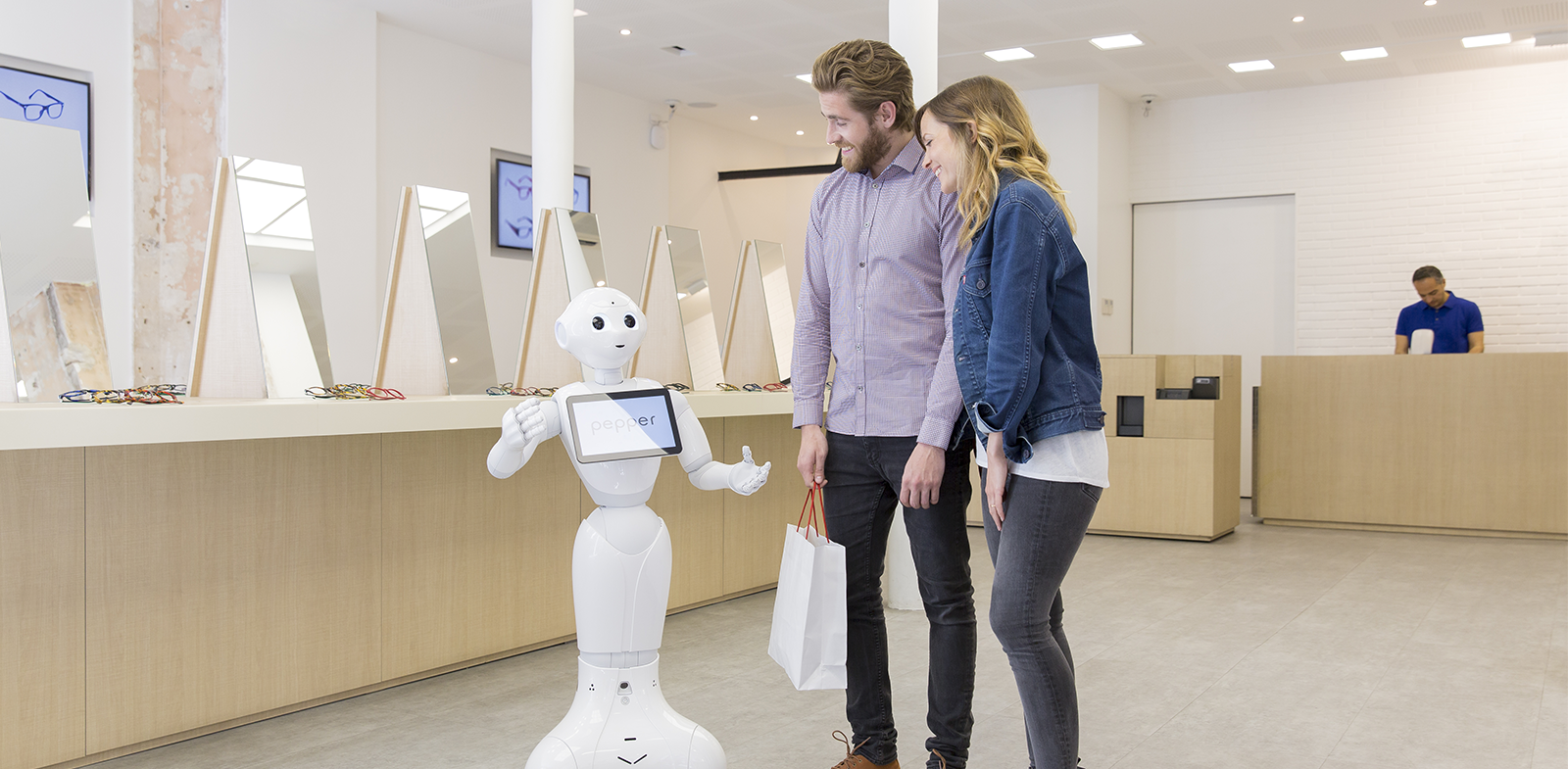How Robotics Can Serve the E-Commerce Boom
May 18, 2021 By Natalia Galvis
By Evelyn Long

Photo by Bench Accounting on Unsplash
Due to COVID-19, people worldwide have spent more time at home, which means e-commerce has become more prevalent than ever. American shoppers spent nearly $800 billion online in 2020. From groceries to shoes to homeware, e-commerce had an earth-shattering year.
It’s a struggle for companies small and large to meet online shopping’s new demands. However, modern technology can change that. Here’s a look at how robots play a role in e-commerce.
1. Automated Forklifts in Warehouses
Businesses have to find a way to fulfill every new order. It’s a difficult time for employment, especially in the retail and manufacturing trades. To make up for fewer workers, companies have looked at alternative methods — which include robots.
Companies now have machines to help them in their distribution centers with tasks like moving products, packing boxes and performing other activities. Take the PalletTransport1500 as an example. It’s an automated forklift that carries more than 2,500 pounds, so businesses can use them to transport numerous materials and supplies.
The benefits are endless. Automated forklifts are a perfect solution for businesses with employee shortages. These robots can literally and metaphorically share the load, so workers can focus on smaller items and avoid safety risks. Efficiency is another bonus.
2. Chatbots for Customer Service
It’s inevitable that as e-commerce booms, clients will have more questions and complaints. Therefore, companies have to make an extra effort to meet customer service demands. This part requires close attention, so robots are a top-notch way to help consumers with concerns.
Because e-commerce has grown 15% each year for the past three years, chatbots are on the rise in the customer service world. These programs work in various settings, whether managers want to implement them for social media or SMS. Essentially, they interact with customers to assist them with whatever request they have.
Those who don’t necessarily want to dedicate a team to customer service can benefit from chatbots. These robots are also a helpful aid for existing workers since they can delegate tasks to the chatbots to boost productivity. Even when companies have the workforce for a customer service department, they can use the robots to deal with specific channels.
3. Small Vehicles to Deliver Packages
An increase in e-commerce sales clearly means customers receive more packages. As a result, delivery drivers have to work overtime to meet demands. To help them manage their daily tasks, businesses have looked into autonomous robots that can deliver orders.
These delivery vehicles are already on the market. Back in 2019, Amazon tested robot fleets in Seattle to transport small packages throughout the city. Other companies have explored the same concept in an attempt to get orders to customers more quickly.
Some robots also deliver food. As people order more takeout and groceries to their homes, businesses can’t seem to employ enough delivery drivers. There are several challenges with the robots despite the pandemic, but companies continue to slowly introduce them anyway.
Robots Are Collaborators, Not Replacements
Between forklifts, chatbots and vehicles, robots have started to make their way into the business space. Many people are concerned that they are set to take over jobs. However, the machines used in the e-commerce boom are purely meant for collaboration.
There’s still a need for human employees in the e-commerce space. After all, businesses can’t automate every task. These robots are necessary to lift heavy loads, navigate tight corners and meet increased demand — but human workers are still the majority. Communication, agility and management skills are critical.
The robots used in e-commerce are simply there to aid their human counterparts as they work to meet new demands. Because online shopping likely won’t slow down after the pandemic ends, businesses will decide whether to make the robots permanent. There’s also a lot of room to grow, so the possibilities are potentially endless.
The Boost in E-Commerce Points to Robots as a Solution
It doesn’t seem like the recent boom in e-commerce will end anytime soon. Instead, people will continue to make various purchases online — and companies must be ready to meet their needs. Fortunately, despite the pandemic’s unemployment numbers, businesses can rely on robots to help speed up processes.
Discover more about Business and AI with RobotLAB!

Check more information here: https://business.robotlab.com/
Author
Evelyn Long is the editor-in-chief of Renovated and a writer with experience covering green technology and construction for publishers like NCCER and BUILD.















.webp?width=124&height=124&name=image%20(1).webp)
.webp?width=169&height=87&name=image%20(2).webp)



































